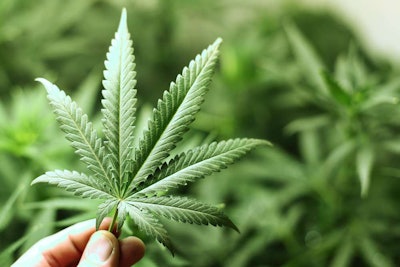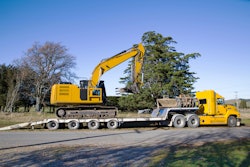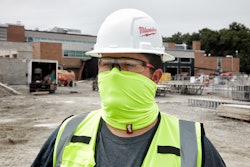 Positive tests for marijuana were at 2.2 percent in construction, less than half the that of the accommodation and food services industry segment, according to the Quest Diagnostics Drug Testing Index.
Positive tests for marijuana were at 2.2 percent in construction, less than half the that of the accommodation and food services industry segment, according to the Quest Diagnostics Drug Testing Index.Construction’s rate of positive urine drug tests overall inched up to 4.2 percent in 2019, according to the Quest Diagnostics Drug Testing Index released this week. This compares with the positivity rate of 4.1 percent for construction recorded in 2017 and 2018 by the index.
This puts the industry in a middle-of-the-pack position on the 2019 overall testing positivity index, behind such segments as retail trade, accommodation and food services and real estate rental/ leasing.

Construction 2.2 percent rate of positive marijuana urine drug tests is significantly behind that of other industries. By comparison, at 4.8 percent the accommodation and food services segment positive marijuana test came in at more than double construction’s rate.
Opiates positivity rates in the mining segment ranked the highest among other reported industry segments, coming in at 0.57 percent, compared to construction’s 0.19 percent. The Quest data indicated, however, that the mining positivity rate has declined since 2016 when a 0.73 percent rate was reported.
Mining also tied educational services for the highest amphetamines positivity rate, each at 1.6 percent. Construction had a 1.1 percent amphetamine positivity rate.
Overall trends
Quest says overall positive tests for all industry segments reached 16-year high in 2019, reaching 4.5 percent. In addition, the Midwest region experienced “dramatic increases” in positivity for cocaine, methamphetamine and marijuana.
The diagnostics information services firm says it anticipates the impact of Covid-19 to underline current trends.
“There is no question that before COVID-19, rates of workplace drug positivity were trending in the wrong direction, based on our Quest Diagnostics data. The enormous strain caused by COVID-19 may prove to be an accelerant on this disturbing trend,” says Dr. Barry Sample, senior director of science and technology.
Marijuana continues to top the list of the most commonly detected illicit substance across all workforce categories, says Quest.
“Marijuana continues to be an enduring presence in the U.S. workforce,” adds Sample. “Changing attitudes toward its use could pose heightened risks especially in safety-sensitive positions and those states exploring legalization. “
The Quest index looks at positivity laboratory test results it performs for a range of illicit, legal and prescription drugs, examining three categories of workers: federally-mandated, safety-sensitive workers such as truck drivers and pilots; the general workforce; and the combined U.S. workforce.














